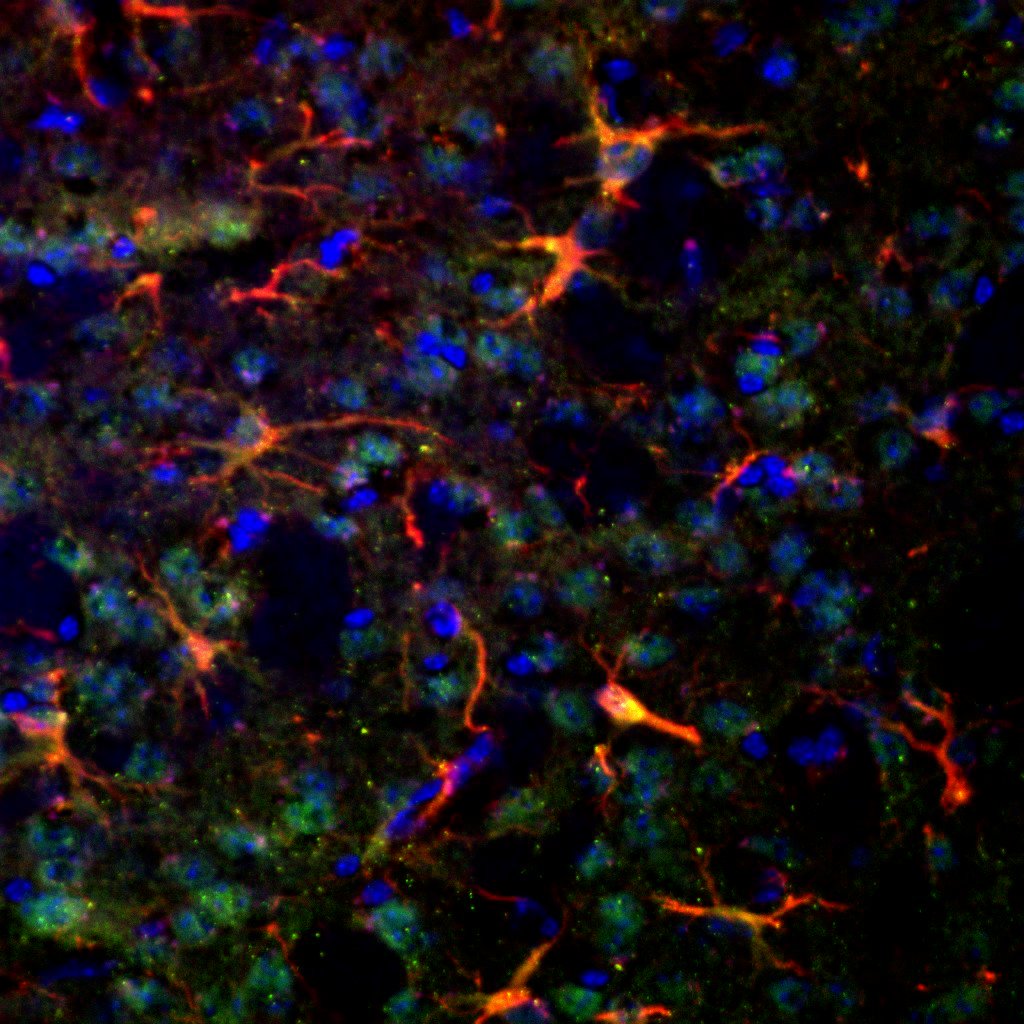Parkinson’s disease (PD) is characterized by tremors, rigidity, and bradykinesia, which are caused by the loss of dopaminergic (DA) neurons in the substantia nigra pars compacta (SNpc) region of the brain. This neurodegenerative disease affects around 10 million people worldwide and currently has no cure, with treatments tending to focus on symptom management. With the loss DA neurons being a characteristic feature, neurotrophic factors (NTFs) – and their widely known survival-promoting action on neurons – have sparked a good deal of hope in the search for better treatments. One such factor is the mesencephalic astrocyte-derived neurotrophic factor (MANF).
What is MANF?
MANF is described as an unconventional NTF. Proteins like MANF are unique in that their amino acid sequences and three-dimensional structures differ from other NTFs. MANF is located in the endoplasmic reticulum (ER) and, following cellular stress or injury, can be secreted to exert survival-promoting effects on neurons. The exact mechanism of its action is still unknown, as are its putative receptors.
MANF is neuroprotective in models of Parkinson’s disease
MANF has been shown to be protective in cell and animal models of PD. In in vitro models using 6-hydroxydopamine (6-OHDA), MANF protects against cell death in cultured neurons through the PI3K/Akt/GSK3β pathway and by upregulating ER stress genes such as HSP70.
In rat models of PD, when MANF was delivered as a recombinant protein or via an adeno-associated virus (AAV) unilaterally to the striatum of rats 10 days after a 6-OHDA lesion, it promoted the survival and regeneration of DA neurons, which resulted in long-term improvement to rat behavior. In another rat model of PD, intrastriatally injected MANF protected DA nerves from 6-OHDA-induced degeneration. Moreover, MANF has been shown to increase stimulus-evoked DA release and DA turnover in freely moving rats.
Astrocytes and MANF expression
Dr. Shai Shoham, a senior member of the Alomone team, sought to uncover MANF expression in astrocytes with Alomone’s state-of-the-art antibodies. He created a model of PD by injecting 6-OHDA into the striatum of mice. Four days later, he sectioned the brain and stained it with an anti-GFAP antibody to detect astrocytes and an anti-MANF antibody. Dr. Shoham’s results were clear: MANF was expressed in astrocytes.
MANF Expression in Astrocytes in a Mouse Model of Parkinson’s Disease

Helping you explore astrocyte reactions to brain pathology
We’ve been producing and validating a range of antibodies in-house for decades. If you enjoyed the research discussed here, you might be interested in these primary antibodies:
- Anti-MANF/ARMET Antibody (#ANT-028)
- Anti-GFAP Antibody (#AFP-001) [for GFAP expression in rats]
- Anti-Connexin-43 Antibody (#ACC-201)
- Anti-Connexin-37 Antibody (#ACC-204)
We also have blocking peptides to be used as controls for each of these antibodies. These are the original antigens we used for immunization during antibody creation: